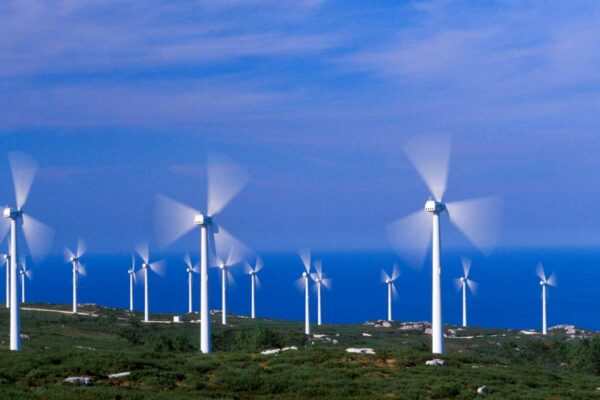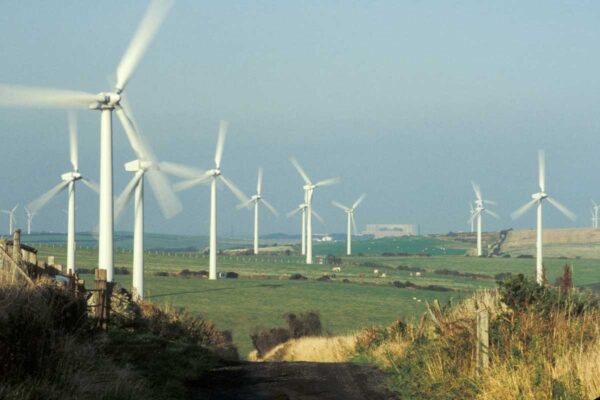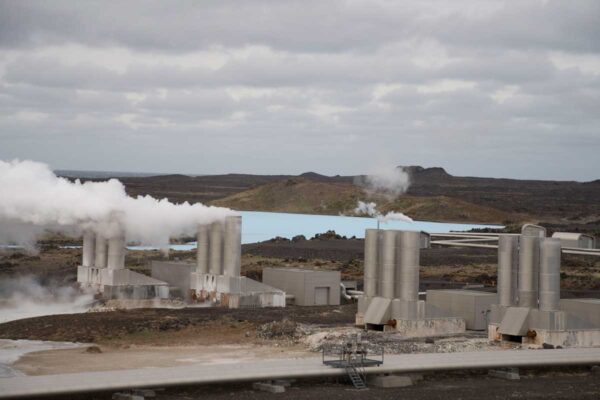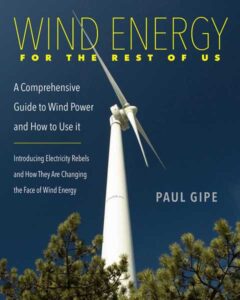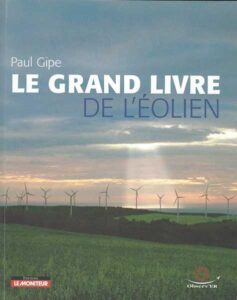Paul Gipe
is an author, advocate, and analyst of the renewable energy industry. He has written extensively about the subject for the past four decades, receiving numerous awards for his efforts. Gipe has lectured before groups from Patagonia to Puglia, from Tasmania to Toronto, and from Halifax to Husum. He has spoken to audiences as large as 10,000 and as small as a private presentation for Vice President Al Gore. Gipe is well known for his frank appraisal of the promise and pitfalls of wind energy, including his stinging critiques of Internet wonders and the hustlers and charlatans who promote them. He led the campaign to adapt electricity feed laws to the North American market–the same policy that has stirred a renewable energy revolution in Germany.
Latest Articles by Paul Gipe
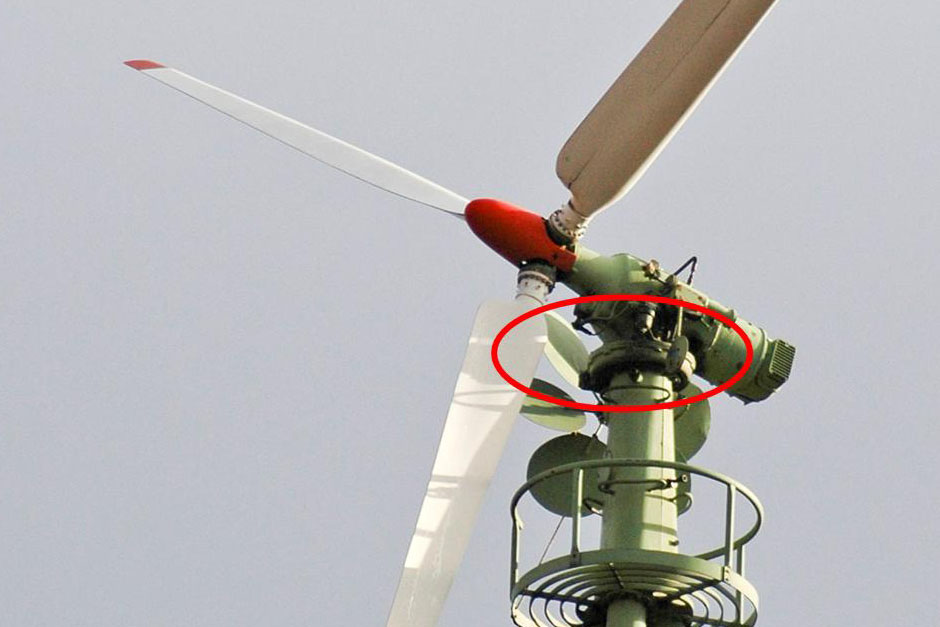
By
Paul Gipe
Pintles, Kingpins, & Slewing Rings: The Evolution of Yaw
While researching material for an article on the 100 kW Soviet wind turbine at Balaklava, Etienne Rogier sent me an article with a cross section of the famous machine’s nacelle.[1] The cross section gives a rare glimpse into the workings of the machine and how it turned about the top …
Were there two wind turbines tested on South Barrule on the Isle of Man in the early 1960s, not just one? That’s the inescapable conclusion from photos that have recently come to light. During research for an article on the development of the modern wind turbine, (see History of Conventional …
Got out for my Sunday walk at 5.30 am. Dark of course. Venus and Jupiter are prominent in the east. Saw some odd lights up at the big intersection of River and Panorama. (That’s the arterial with a panoramic view of the Kern River Field, still one of the world’s …
Thirty years after its publication by John Wiley & Sons, I’ve put Wind Energy Comes of Age in the public domain. The digital copy of the more than 500-page book is now open access and is available for reading on line or it can be downloaded in its entirety for free. You can find the open access digital version here: Wind energy comes of age by Paul Gipe. Print copies can still be found at used bookstores or in university libraries.
A question arose from the international wind community about a photo on the late Peter Banner’s web site. This is a photo of five of the six Maetecnic turbines on the Sandberg site in the Whitewater Wash from Banner’s web site (http://scientiaenergy.com/) that he labeled “Guengrich wind turbine.” I didn’t …
August 2, 2025 Check against delivery at the 2 August 2025 Sierra Club’s Buena Vista Group breakfast at Hodels in Bakersfield, California. Update on our conversion of gas appliances to electricity, removal of our gas meter and the capping of the fossil gas line, and status of our driving electric …
Anton Flettner’s rotor ship Buckau sailed across the North Sea in 1925 using two Flettner Rotors for propulsion. The event was recorded by British Pathé in a black & white silent film 5.5 minutes long. The file is simply titled “Rotor Ship (1925)” the film opens with the description: Rotor …
Other Articles
The dismantling of the Muel wind farm demonstrates that circularity in wind energy is already an industrial reality. The results, with an outstanding 99.85% of materials recovered or recycled, confirm that recycling or recovering nearly 100% of a turbine is not science fiction, but the outcome of applying engineering, collaboration, and technical knowledge. The next step for the industry will be to make it faster, more cost-effective, and with greater added value in each material flow, consolidating circular economy as a standard practice in future repowering projects.
Europe should seek constructive cooperation with China on energy policy. Even though the two regions are developing very differently in socio-political terms, cooperation in the field of energy and climate policy offers enormous opportunities for the whole world. Europe and China can play a key role in the global energy transformation and in the global fight against climate change by using their resources for this purpose. This naturally requires constructive dialogue on an equal footing, in which both blocs formulate their own and shared interests and develop their relations on a clear basis. This also means that Europe and China can and should work together to convince numerous other countries that the path of renewable energies is the path to a good future for all people, a prosperous and more peaceful world that successfully overcomes the climate crisis.
We estimate lifecycle annual burdens of 91,000 premature deaths attributable to fine particles (PM2.5), nitrogen dioxide (NO2), and ozone, 10,350 PM2.5-attributable preterm births, 216,000 incidences of NO2-attributable childhood-onset asthma, and 1610 lifetime cancers attributable to hazardous air pollutants (HAPs). Racial-ethnic minorities experience the greatest disparities in exposure and health burdens across almost all lifecycle stages. The greatest absolute disparities occur for Black and Asian populations from PM2.5 and ozone, and the Asian population from NO2 and HAPs. Relative inequities are most extreme from downstream activities, especially in Louisiana and Texas.
A new analysis by the Energy and Climate Intelligence Unit (ECIU) has calculated that in 2024 UK wholesale electricity prices would have been over 30 per cent higher if there had been no wind power generated in the UK. In practice in 2024 the wholesale power price averaged at around £75 per MWh. But without any wind power the price would, according to the ECIU, have been around £99 MWh. This difference has a significant impact on average (retail) energy consumer bills. It reduces them by an average of roughly £65 a year based on a typical household consumption as estimated by Ofgem.
The report itself is wide-ranging. It opens with a foreword that admits the challenge of writing honestly about geothermal. It is an industry where geology, engineering, and economics intersect in messy ways, and where enthusiasm can run well ahead of evidence. From there the report walks through the core technologies, beginning with conventional geothermal generation. In the right geographies this remains an excellent source of low-carbon power, running at capacity factors that fossil plants envy. Yet the geography is limited, and in most parts of the world geothermal electricity will never be more than a rounding error.
Last spring, tens of millions of people lost electricity across Spain, Portugal and part of France. Trains stopped in their tracks, and people were stuck in elevators, as southwestern Europe went without power for — in some cases — more than ten hours. Immediately, the finger-pointing began. Many people blamed solar and wind energy. Spain, one of Europe’s front runners in renewable energy, gets about 46% of its power from solar and wind, according to the think tank Ember— sometimes more than 70%.
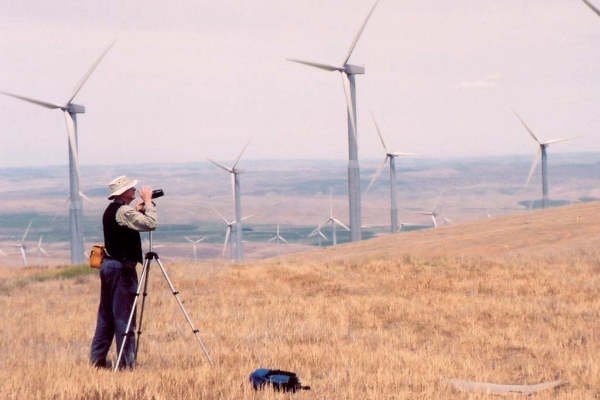
The following pages include some of the photos from my collection, including both digital and scanned images.
My photographs have appeared in Popular Science, Sierra, Solar Age, Alternative Sources of Energy, L’Espresso, Air & Space Smithsonian, Windpower Monthly, WindStats, Renewable Energy World, and other magazines, in several engineering and physics textbooks, on brochures and posters published by the National Renewable Energy Laboratory, by Friends of the Earth (UK), by the Union of Concerned Scientists, and the World Wildlife Fund.






